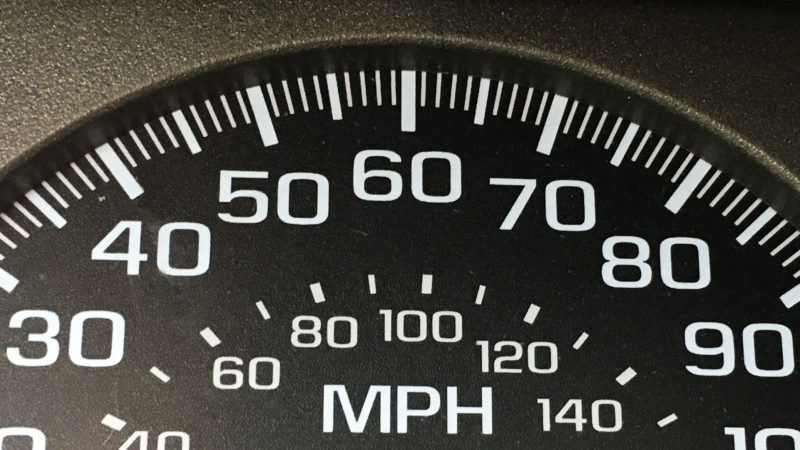Self-driving vehicles have made headlines lately – not necessarily for the leap in technology, but more so for the complications. On March 18, a pedestrian was killed by a self-driving Uber vehicle in Tempe, AZ. Less than a week later, a man died after his Tesla Model X SUV crashed into a highway lane divider while using its Autopilot feature. Long investigations into liability for the accidents have insurance providers struggling to create policies that would cover both drivers and manufacturers.
On March 18, a pedestrian was killed by a self-driving Uber vehicle in Tempe, AZ. Less than a week later, a man died after his Tesla Model X SUV crashed into a highway lane divider while using its Autopilot feature.
According to witnesses and video released by Tempe police, the Uber accident occurred at night when the car hit a woman as she pushed her bicycle outside of a designated crosswalk area. The video also shows the safety driver looking down several times in the seconds before the crash. Uber reached a settlement with family members of the victim and continues to fully cooperate with the investigation.
The investigation into the Tesla accident shows that the driver did not have his hands on the driving wheel six seconds prior to the crash. Tesla’s driver manual states that the Autopilot feature is meant for assistance, not replacement of a driver. There is a system in place that alerts drivers of the risk they are taking when they get too comfortable with the feature. With Autopilot on, the driver is supposed to keep his or her hands on the wheel at all times. A visual warning appears on the dashboard when the system observes that they have taken their hands off the wheel for too long. If they continue to keep their hands off the wheel the system will start to beep. If both warnings are ignored, the system turns on the vehicle’s flashers and comes to a stop. Data taken from the car shows that the driver had received multiple visual warnings and one audible during his drive that day.
But the question remains, who is at fault for the accidents? In 2016, the first Tesla Autopilot fatality occurred when a Model S crashed into a truck turning across its path. Neither the car nor the man driving had seen the truck against the bright sky. The National Highway Traffic Safety Administration concluded that it was not the car’s system at fault.
Investigations into driver or manufacturer liability could be a lengthy process. If it comes down to a system defect, insurers must determine whether that is covered under product liability. Furthermore, will the product liability coverage include all accidents or will manufacturers be able to seek settlement from the technology manufacturers that comprise the system? One of the more sensible solutions appears to be a product liability and auto insurance combination. This would help cutback the lengthy litigation process by having a single policy for the driver and manufacturer in accidents involving self-driving vehicles.
